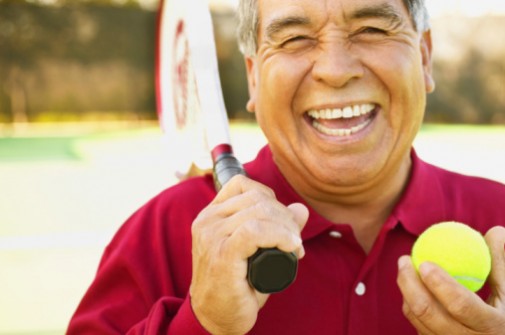Research shows stroke and stroke deaths declining

Younger people are having fewer strokes and older people are dying less frequently from strokes, a new study says. Focusing on residents in four U.S communities, the research showed the same trends among blacks and whites.
The study concludes that the use of statins for elevated cholesterol and improved hypertension treatment may be responsible. However, increasing diabetes and obesity rates continue to be primary causes of stroke.
From 1987 to 2001, more than 15,500 people ages 45 to 64 were included in the study from Jackson, Miss.; Washington County, Md.; Forsyth County, N.C.; and Minneapolis.
“It’s clear that the statin protection is evident in our data, and it’s clear that smoking cessation works and that blood pressure control is key,” said study author Josef Coresh, MD, PhD, professor, epidemiology, medicine and biostatistics, Johns Hopkins University, Baltimore, Maryland. The report is published online in the medical journal JAMA.
In the U.S., more than 795,000 stokes occur each year killing about 130,000 people, according to the CDC.
Stroke symptoms include:
- Sudden numbness or weakness of face, arm or leg – especially on one side of the body.
- Sudden confusion, trouble speaking or understanding.
- Sudden trouble seeing in one or both eyes.
- Sudden trouble walking, dizziness, loss of balance or coordination.
- Sudden severe headache with no known cause.
“If you suspect you or a loved one are having a stroke, get to a hospital emergency department immediately,” says Dr. John Piotrowski, emergency department medical director at Advocate Condell Medical Center in Libertyville, Ill. “It’s best to know which hospitals in your area are certified Primary Stroke Centers , meaning they have demonstrated better outcomes for stroke patients by having specially trained clinical staff and critical services to treat stoke.”
Related Posts
Comments
4 Comments
About the Author
health enews staff is a group of experienced writers from our Advocate Health Care and Aurora Health Care sites, which also includes freelance or intern writers.


















Always great to hear good news like this. Hoping the trend continues….
CELL PHONES probably save many lives. Got me to 911 as soon as my vision cleared enough to dial. Now I have 911 on my speed dial with a small dollop of crazy glue on it’s designated speed dial # and the “talk” button so I can dial it blindfolded. Also, If you have a car with a “panic button” on it’s key fob, experiment to see if it works while in your bed or in your garden, etc, then tell your neighbors that they should call 911 for you if they hear your car alarm blaring and you’ll do the same for them. Hey, then carry that cell and car keys 24/7.
Great news! I hope that the public is becoming more aware of signs and symptoms – that will definitely keep the survival rates climbing.
It’s great that these findings support all the hard work done in messaging prevention to the public–smoking cessation, high cholesterol control, etc. Behaviors are changing for the best.